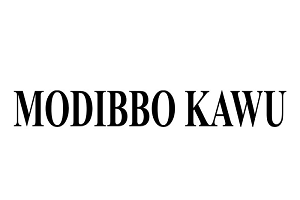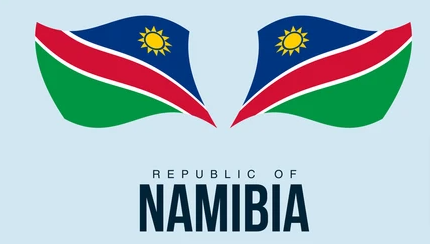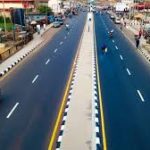CURRENT AFFAIRS UNIT, RADIO KWARA, ILORIN
PROGRAMME: NEWS COMMENTARY
DATE OF BROADCAST: 23/3/90 AT 1810 HOURS
WRITER: LANRE KAWU
At midnight on March 21, inside the Independence Stadium, in Windhoek, the South African flag was lowered for the last time in Namibia. In its place was unfurled, the tri-coloured banner of the independent Republic of Namibia. Seventy-five years of South African occupation, which followed on the heels of the thirty-six years of German colonisation, was finally terminated.
As the South African sate President, F.W. De Klerk, himself acknowledged, a chapter was closing, and a new one was being ushered in, in the history of the whole Southern African Region. A region which has witnessed incredible dislocations, human suffering, wars, assassinations and sabotage, as a result of long-drawn out battles between reaction and progress.
Namibia’s independence finally crowned the arduous struggle against colonialism. It was a fitting tribute to the international scope of the anti-colonial concern, that Namibia’s midwifed by the United Nations organisation. In a finale, never before witnessed in recent international engagements, President Sam Nujoma, was sworn-in by the United Nations Secretary General, himself.
The incoming SWAPO government, after its success at the November elections, had set out elaborately to assuage the fears of the conservative White settlers, of the Namibian population, by launching a national reconciliation process, aimed at forestalling an exodus of this community, with its expertise and capital, rooted in a relatively well-developed private sector. SWAPO obviously was learning a lesson from the post-independence scenario of other African countries, where capita and knowhow ran out, soon as independence was proclaimed.
It must also be stated that independent Namibia is starting out in a complex shape. Afterall, it is a huge country, with abundant uranium, diamond, gas and fishing resources. However, it is also dependent on South Africa, which ruled Namibia like one of its provinces. Disengagement from the hydra-headed South African influence, will therefore, not be easy.
On the other hand, the thirty years of national liberation struggle witnessed a concentrated system of brutality in Ovamboland, to the North. This was the base of SAWPO support, and is also the poorest part of the country, where a regime of social policies must be immediately put in place. Th expectations are naturally, very high. This must be linked to the inheritance of $300 million of debts.
SWAPO which won the independence election, nevertheless, lost substantial votes, as a result of the allegations of torture, which took place in its camps, during the war of liberation. By adopting what is described as, perhaps, the most democratic constitution on the African continent today, it is hoped that Namibia will be a model for the rest of the continent, and particularly with the neighbour to the south.
Namibia’s Independence fixed for March 21st, is also more than symbolic. That date commemorates the International Day for the Elimination of Racial discrimination. It was the date, thirty years ago, when the South African police shot into the group of Africans who had gathered to protest against the obnoxious pass law, which was so symbolic of the apartheid system in South Africa. The significance of the date as Namibian Independence Day, would therefore, not be coincidental or the last to be observed.
It was also on the eve of Namibian Independence, that the OAU Committee on Southern Africa held a session in Lusaka. The latest meeting converged to examine developments in the light of the changes taking place in South Africa. These dramatic moves had included the unbanning of the ANC and other political organisations, the release of Nelson Mandela, along with the stated intention of the racist regime, to negotiate an end to the apartheid system in South Africa.
Windhoek, the Namibian capital, also became the capital of world diplomacy this week. There, the Soviet Foreign Minister met with his American counterpart, to discuss issues around Angola, and the situation in Afghanistan. In the same spirit of settling regional issues, the delegation from Indonesia, was able to hold consultations on the stalemated developments in Cambodia.
When all is said and done therefore, it must be emphasised that Namibia’s independence, represents one of the most concrete expressions of the success of the diplomacy of the contemporary times. It is built around the concept of “New Thinking”, the brainchild of the Soviet leader, Mikhail Gorbachev. New thinking advocates the jettisoning of stereotyped images of world developments. It recognises the interdependence of our world, as well as the need to collectively resolve issues in a peaceful manner.
It was this new thinking, which unblocked the logjam of the process of implementing Resolution 435 of 1978, which had elaborately drawn up the premise to bring about the decolonisation of Namibia, but which could not be set in motion for eleven years. The independence of Namibia, in the words of the UN Secretary General, Perez De Cuellar, represents a victory for Africa, and the rule of international law. It is hoped that independence would bring to the Namibian people fruition of democracy, peace and development, for which many heroic patriots laid down their lives. We welcome Namibia fully into the history of the African peoples.


